Apart from these cosmetic changes, the other aspects of the interior do not change much. The car retains its attributes of large and comfortable seats with good legroom in the front and rear, and a 410-litre boot that should be more than sufficient for most occasions.
The well-known four-pot K9K common rail direct injection diesel powerplant displaces 1,461 cc and pumps out a maximum power of 110 PS at 4,000 RPM and maximum torque of 245 Nm at 1,750 RPM. The six-speed manual transmission does a great job of harnessing this power and torque. Fuel efficiency is 19.71 km/l (under test conditions), and there is an ‘Eco’ mode that is claimed to allow fuel savings up to 10 per cent.
The big change – the USP of the car – is the all-new AWD system. By turning a knob located on the centre console, you can select from among three modes: 2WD for the daily city commute, LOCK (4WD) that is usable at speeds of up to 60 km/h, and AUTO (automatic AWD) mode where the electronics choose whether power goes to just the front wheels or to all four. Go faster than 60 km/h in LOCK mode, and the system automatically switches to AUTO mode.
Driveability has been one of the most appreciated aspects of the Duster, and this remains the same in the Duster AWD. The car picks up speed comfortably from almost any gear – we actually crawled over speed-breakers in the third and fourth gears, and the Duster was back to high speed in a matter of no time. Lag is not too strong, but engine noise becomes intrusive as you move up the speedo.
The 2WD Duster was often criticised for a heavy clutch, which appears to have been remedied now, and the clutch is a lot lighter and makes driving easier. We stuck to AUTO mode for most of our drive, and the system worked really well in distributing torque to all wheels as needed. In rocky, dusty, steep, and all manner of surfaces in general, rarely did we need to employ the LOCK mode.


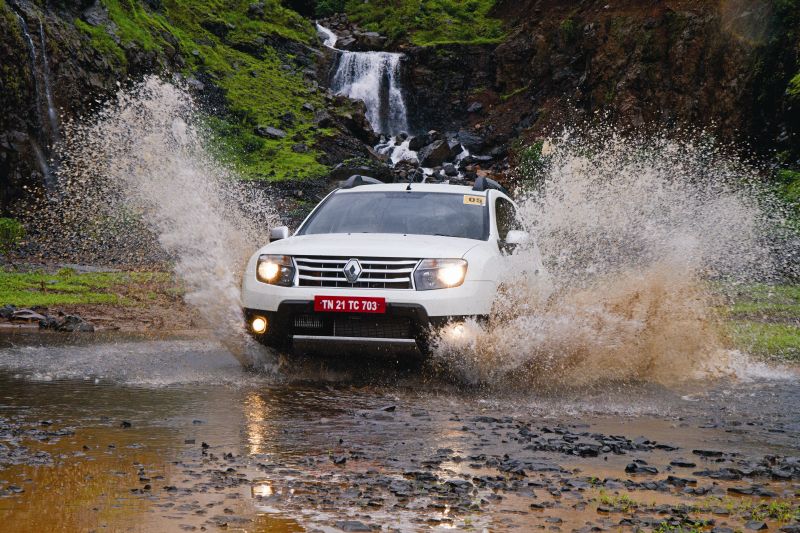
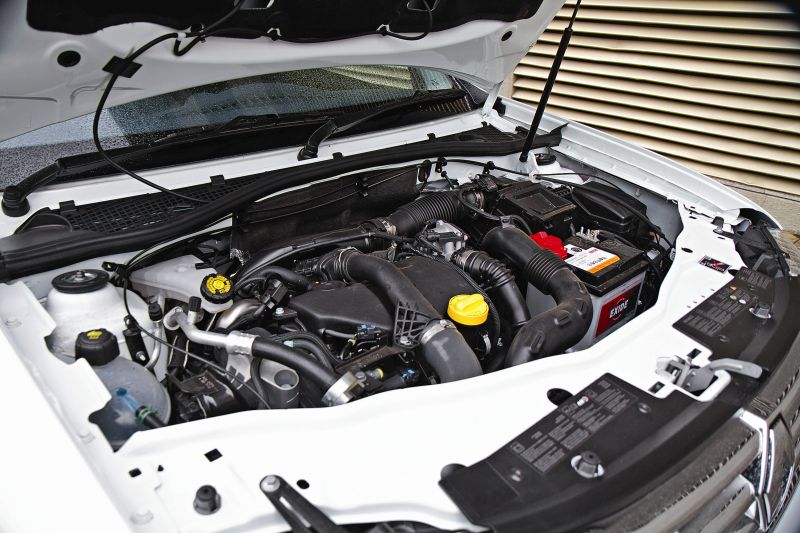
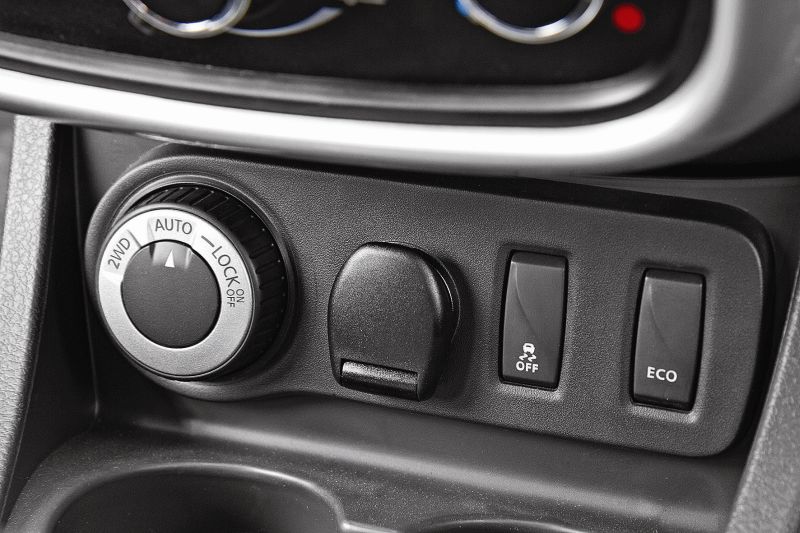











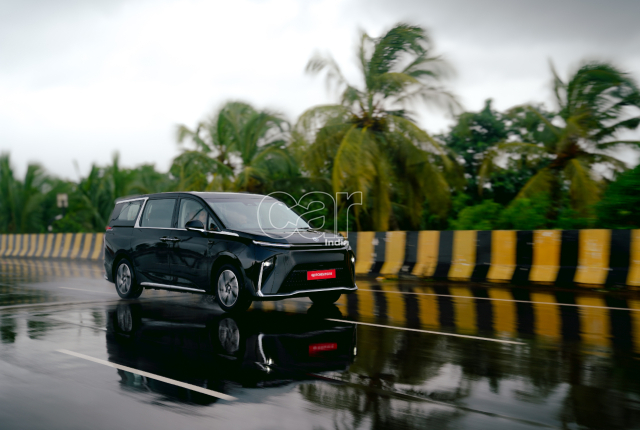
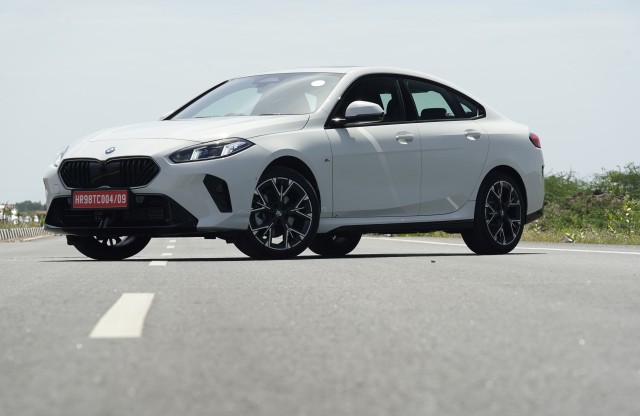
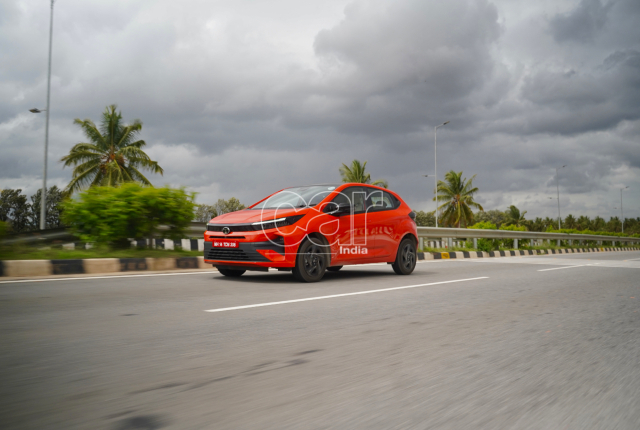
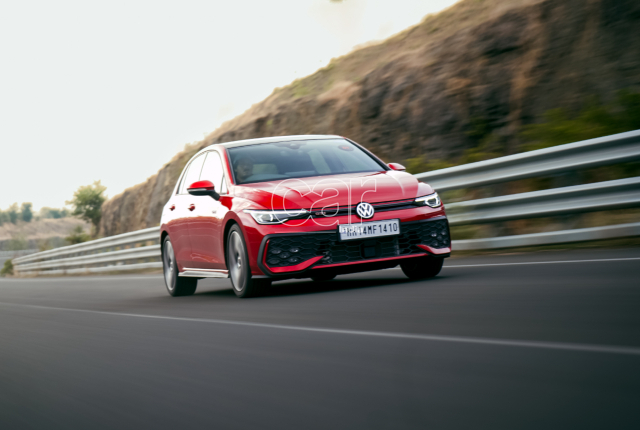
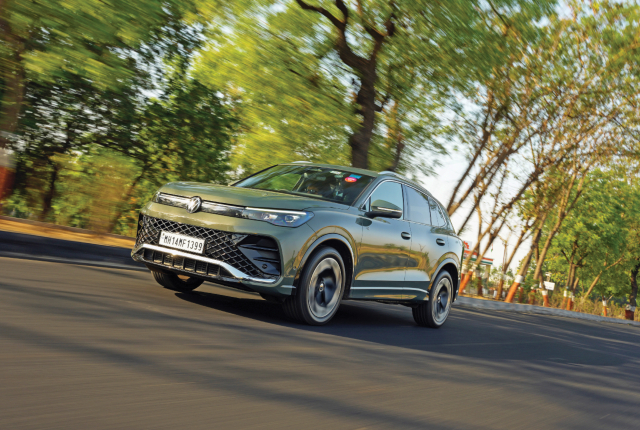




Leave a Reply